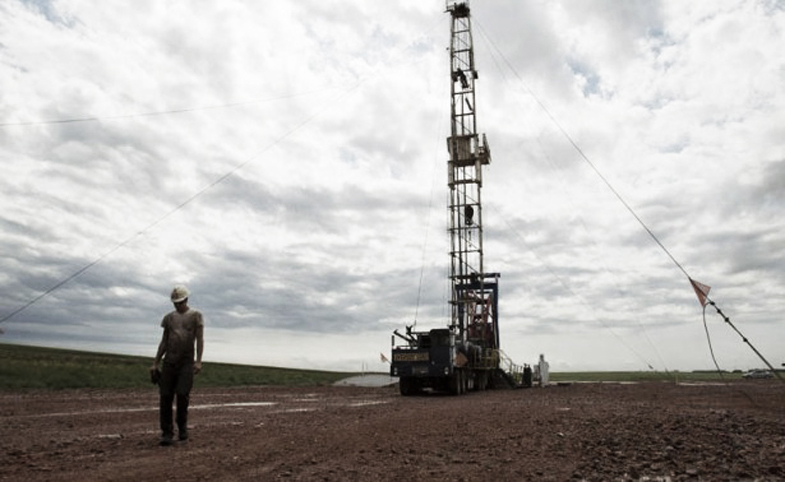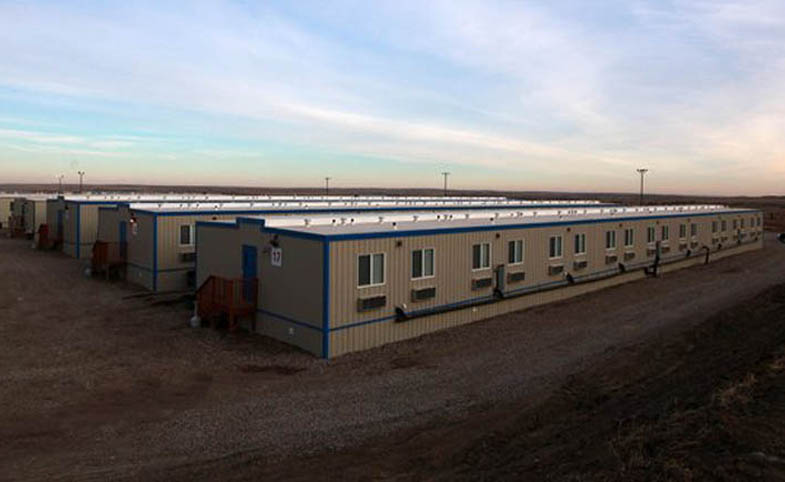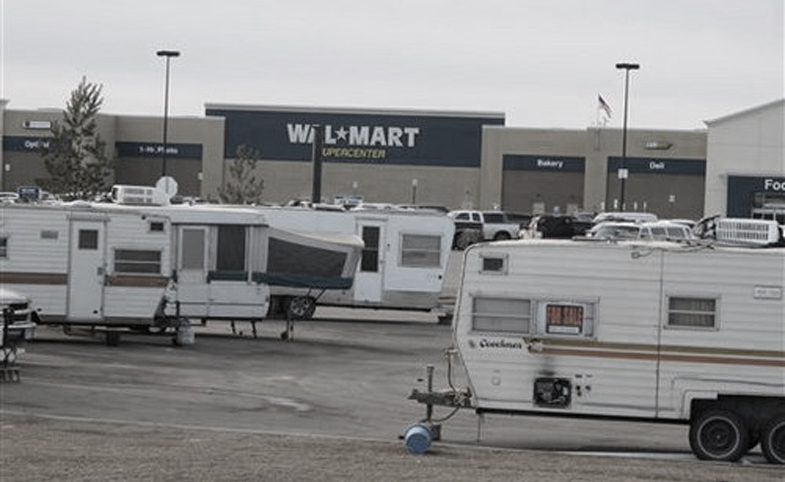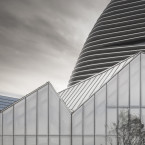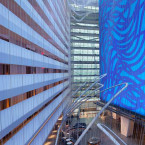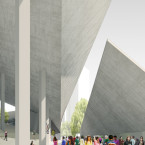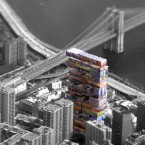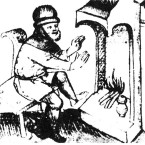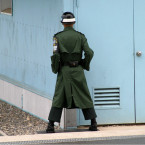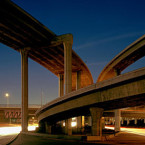North Dakota: Beyond Petroleum is a research-design project that will examine the issues surrounding a sudden introduction of non-renewable resources into a stagnant economy, and explore the opportunities created in the wake of this sudden injection of an industry based on the production of such resources. This project questions the commonly accepted model of a state or a city relying on a singular source of economy to fuel its growth, asserting that such boom-bust practices (by themselves) are an unsustainable method of land-use and resource management, that will have negative consequences on the future development of the built environment. The proposed research-design project will ask the question of how to best husband the available resources—natural and man-made—in order to accept the reality of the petroleum industry’s impact on the state’s growth, and also speculate on the best methods of maintaining its momentum after the economic effectiveness of the catalyst industry has run its course.
With the goal of understanding the complex web of interactions between the state’s ecology, land-use patterns, economy, policy and infrastructure in light of North Dakota’s recent oil-boom, this project will specifically investigate the agglomeration of oil-boom towns and cities situated along the Bakken Formation region in western North Dakota. The already furious pace of oil production ranked 4th largest in the country at 355,000 barrels per day (www.dmr.nd.gov), fueled by estimates which range from 3 billion barrels to an astronomical 400 billion barrels (www.usgs.gov), North Dakota represents a perfect example of a mid-west state defying the economic woes plaguing much of the U.S.
Although North Dakota’s frenetic production activities can be seen as a boon for a state with the 48th largest population in the U.S., the waves of workers rushing into the state in such a short period of time have put a strain on the social, economic and infrastructural system established to accommodate smaller populations. At the moment, despite the fact that large amounts of capital are flowing into the hands of its residents, parts of North Dakota face massive housing shortages and high inflation, raising the issues of the impact of the oil-boom on the built environment and the immediate needs of the cities involved. In addition, history has shown that non-renewable resources are finite and therefore, the productions which extract them, equally limited. Once the petroleum industry moves on to more profitable locations, the void left in its departure will likely have negative consequences for generations on the communities and the cities who have depended on it—not unlike the position the Rust Belt states have been in since the departure of American manufacturing industry. Furthermore, the oil boom of North Dakota has ecological implications, as the act of exploring and drilling can result in unwanted spills, devastation of farming lands or the contamination of the regional watershed. Such issues coming to the fore suggests a necessity for a different method of thinking about the utilization of the physical environment.
North Dakota: Beyond Petroleum will explore methods in which natural resources are attained and how the lands which contain these resources are managed become an imperative, not just for the next few years or the decade, but for generations. Time being an important part of this research, the second part of the project will speculate on possible solutions to the observed short-term and long-term problems through surgical design interventions meant to not only take advantage of the opportunities of the immediate present but also intended to catalyze the future development of the state’s built environment and economy. As the issues presented in the North Dakotan situation are not a singular problem with a singular answer, the proposed project and the resulting content will be intrinsically multi-disciplinary, engaging in conversations and research work within and outside of the design community.
Ultimately, the goal of North Dakota: Beyond Petroleum is to embrace the current presence of the petroleum industry as a productive catalytic force—not as a panacea —for its future. In seeing the presence of the energy industry as a stepping-stone in a larger growth management strategy, the project will demonstrate how a state abundant in natural and man-made resources can fully utilize its assets to intelligently and sustainably build its future.
